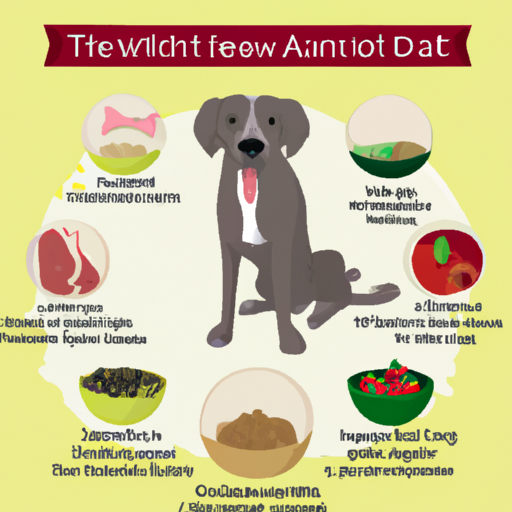Understanding the Raw Diet
Feeding your dog a raw diet, often referred to as a Biologically Appropriate Raw Food (BARF) diet, aims to provide your pet with nutrition that closely resembles the diet of their wild ancestors. This often includes a mix of raw meat, bones, fruits, vegetables, and supplements. The belief behind this approach is that your dog can thrive on an evolutionary diet based on what canines ate before they became domesticated.
- Raw Meat: The cornerstone of the raw diet. This can include beef, chicken, lamb, or turkey.
- Bones: Either whole or ground.
- Fruits and Vegetables: Apples, carrots, and leafy greens are common choices.
- Supplements: This can include things like fish oil, probiotics, and specific vitamins and minerals.
Transitioning to a Raw Diet
Transitioning your dog to a raw diet should be done slowly and with care. Here is a general guideline:
- Start by slowly introducing raw food into your dog’s current diet. This gradual introduction helps to acclimate your dog’s digestive system.
- Over the course of a week or so, continue increasing the amount of raw food while decreasing the amount of their old food.
- Monitor your dog closely during this transition period. Any signs of digestive discomfort or illness should prompt a visit to the vet.
Potential Benefits and Risks
Benefits
| Benefits | Description |
|---|---|
| Healthier Skin | Many dog owners report improved skin health and shinier coats. |
| Cleaner Teeth | Raw diets can lead to less dental disease and healthier gums. |
| Improved Digestion | Raw diets can result in smaller, less smelly poop. |
Risks
| Risk | Description |
|---|---|
| Bacterial Contamination | Raw foods are not sterile and this can lead to potential infections. |
| Unbalanced Diet | If not correctly balanced, a raw diet can lead to nutritional deficiencies. |
| Choking Hazard | Whole bones can pose a significant choking hazard. |
How to Prepare a Raw Diet at Home
Preparing a raw diet for your dog at home allows you to control exactly what goes into their meals. Here’s a basic recipe to get you started:
- Choose your raw meat. This should make up about 50% of the meal.
- Add in raw bone for calcium. This should be about 10% of the meal.
- Include raw fruits and vegetables. These offer important vitamins and nutrients and should make up about 20% of the meal.
- Don’t forget to add in organ meats. These are nutrient-rich and should be about 20% of the meal.
FAQs
Q: Is a raw diet safe for all dogs?
A: While many dogs do well on a raw diet, it’s not suitable for all. Dogs with certain health conditions may not be able to handle a raw diet. Always check with your vet first.
Q: Can I feed my dog raw and commercial food at the same time?
A: Yes, but it’s recommended to separate them into different meals. Commercial and raw foods digest at different rates which can cause digestive issues.
Q: How much raw food should I feed my dog?
A: A general guideline is 2-3% of your dog’s body weight, but this can vary depending on factors like age, activity level, and health status.
Remember, feeding your dog a raw diet requires a commitment to understanding your pet’s nutritional needs. Always consult with a professional, such as a vet or a certified pet nutritionist, before making any major changes to your dog’s diet.



